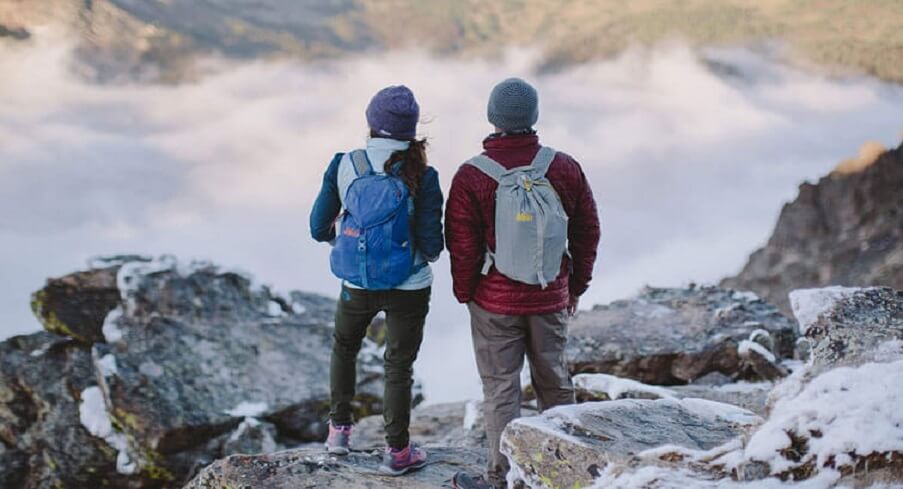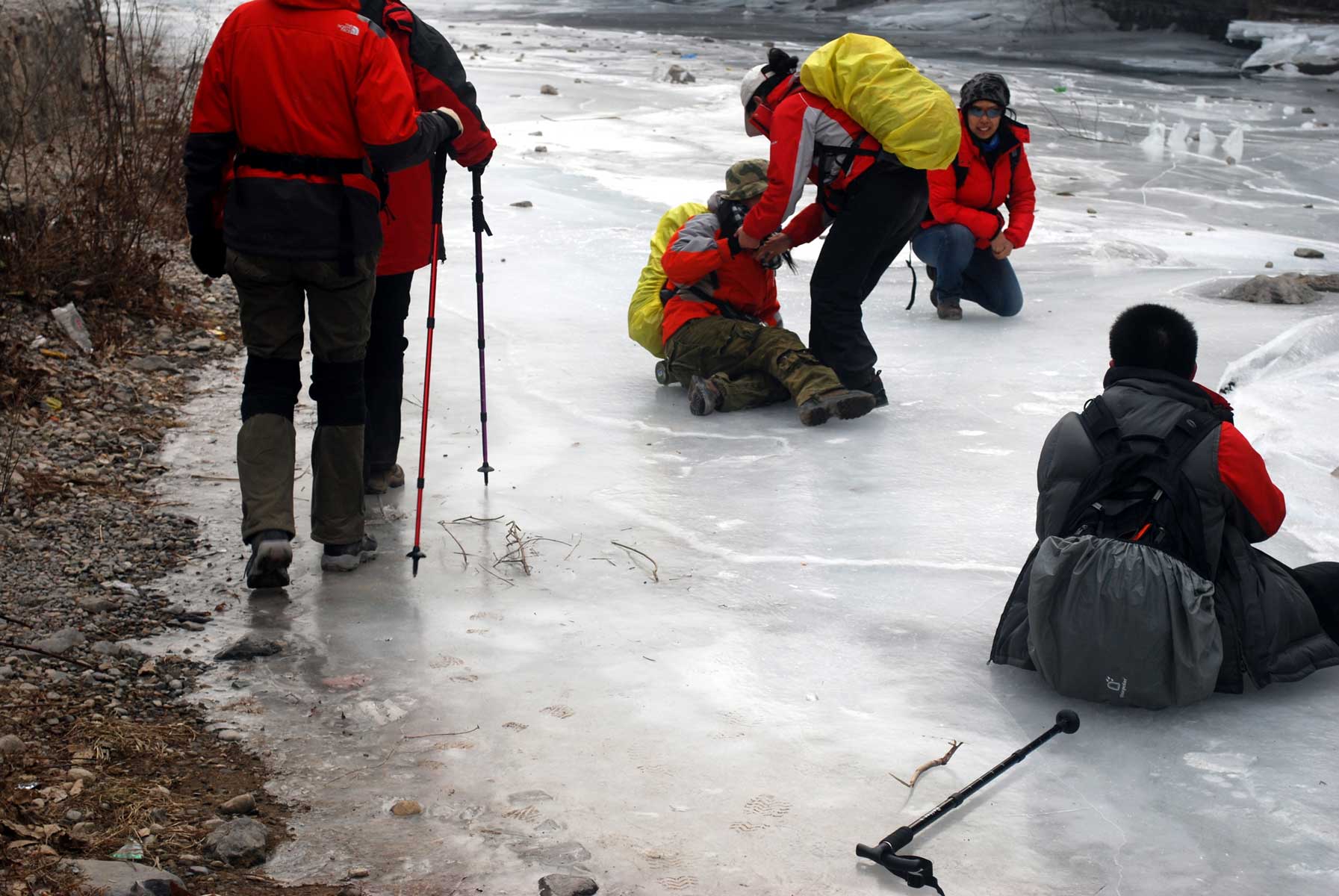Navigating Nature's Wrath: Weather-Related Risks and Precautions for Trekkers
Trekking through rugged landscapes and untamed wilderness can be an exhilarating adventure, but it also comes with inherent risks, particularly when it comes to unpredictable weather conditions. From sudden storms and extreme temperatures to altitude sickness and natural hazards like landslides, trekkers must be prepared to face a variety of challenges along the trail. In this comprehensive guide, we will explore common weather-related risks faced by trekkers and provide valuable advice on how to mitigate these risks and stay safe in the great outdoors.
Understanding Weather-Related Risks

Before embarking on any trekking adventure, it's crucial to be aware of the potential weather-related risks that you may encounter along the way. Some of the most common risks include:
Altitude Sickness: As you ascend to higher altitudes, the air becomes thinner, resulting in decreased oxygen levels and increased risk of altitude sickness. Symptoms may include headache, nausea, dizziness, and shortness of breath.
Hypothermia: Exposure to cold temperatures, especially in wet or windy conditions, can lead to hypothermia, a dangerous condition characterized by a drop in body temperature. Symptoms may include shivering, confusion, fatigue, and loss of coordination.
Heat Exhaustion and Heatstroke: Trekking in hot and humid conditions can lead to heat-related illnesses such as heat exhaustion and heatstroke. Symptoms may include excessive sweating, rapid heartbeat, nausea, and fainting.
Thunderstorms and Lightning: Sudden thunderstorms can pose a significant threat to trekkers, especially in exposed mountainous terrain where there is little shelter. Lightning strikes can cause serious injuries or even death.
Landslides and Avalanches: Heavy rain or snowfall can increase the risk of landslides and avalanches, particularly in steep or unstable terrain. These natural hazards can pose a serious danger to trekkers in affected areas.
Mitigating Weather-Related Risks: Tips for Trekkers
While it's impossible to control the weather, there are steps that trekkers can take to mitigate weather-related risks and stay safe on the trail. Here are some essential tips to keep in mind:
Check the Weather Forecast: Before setting out on your trek, be sure to check the weather forecast for your destination. Pay attention to any warnings or advisories issued by local authorities and be prepared to adjust your plans accordingly.
Dress Appropriately: Wear layered clothing that can be easily adjusted to accommodate changes in temperature and weather conditions. Choose moisture-wicking fabrics that will keep you dry and insulated, and don't forget to pack a waterproof jacket and pants to protect against rain or snow.
Stay Hydrated and Fueled: Drink plenty of water to stay hydrated, especially at higher altitudes where the air is drier. Carry a supply of high-energy snacks to fuel your body and replenish lost electrolytes during strenuous treks.
Acclimatize Properly: If trekking at high altitudes, take the time to acclimatize gradually to reduce the risk of altitude sickness. Ascend slowly, allow your body time to adjust to the thinner air, and listen to your body's signals if you start to experience symptoms of altitude sickness.
Seek Shelter During Storms: If you encounter a thunderstorm or lightning storm while trekking, seek shelter in a safe location away from tall trees, ridges, or metal objects. Avoid open fields, exposed summits, or bodies of water, which can attract lightning strikes.
Monitor Avalanche Conditions: Be aware of the risk of avalanches in snow-covered terrain and avoid traveling in avalanche-prone areas during periods of high avalanche danger. Pay attention to warning signs such as recent snowfall, unstable snowpack, and signs of previous avalanche activity.
Stay Informed and Prepared: Keep abreast of changing weather conditions and be prepared to alter your plans or seek shelter if conditions deteriorate unexpectedly. Carry essential safety gear such as a first aid kit, emergency shelter, navigation tools, and communication devices in case of emergencies.
Travel with a Guide or Group: Consider trekking with an experienced guide or in a group, especially in remote or hazardous terrain. A knowledgeable guide can provide valuable insights into local weather patterns, terrain hazards, and emergency procedures, enhancing the safety of your trekking adventure.
Conclusion: Embracing Nature Responsibly

Trekking in the great outdoors offers a unique opportunity to connect with nature, challenge yourself, and explore breathtaking landscapes. However, it's essential to approach trekking with caution and respect for the inherent risks posed by unpredictable weather conditions. By understanding common weather-related risks and taking appropriate precautions, trekkers can enjoy a safe and fulfilling outdoor experience while minimizing the potential dangers along the trail. Remember to stay informed, stay prepared, and always prioritize safety when venturing into the wilderness. Happy trekking!


